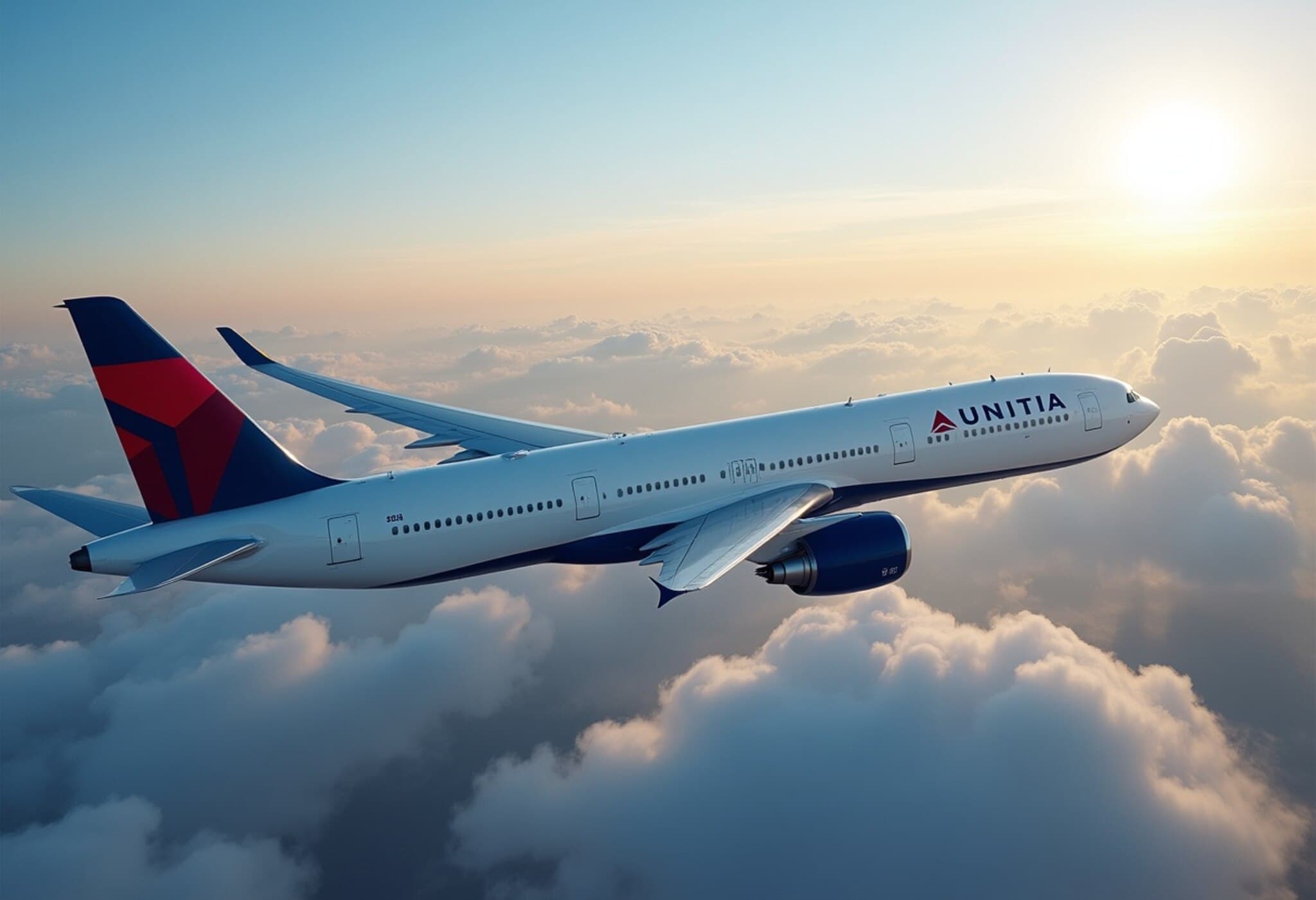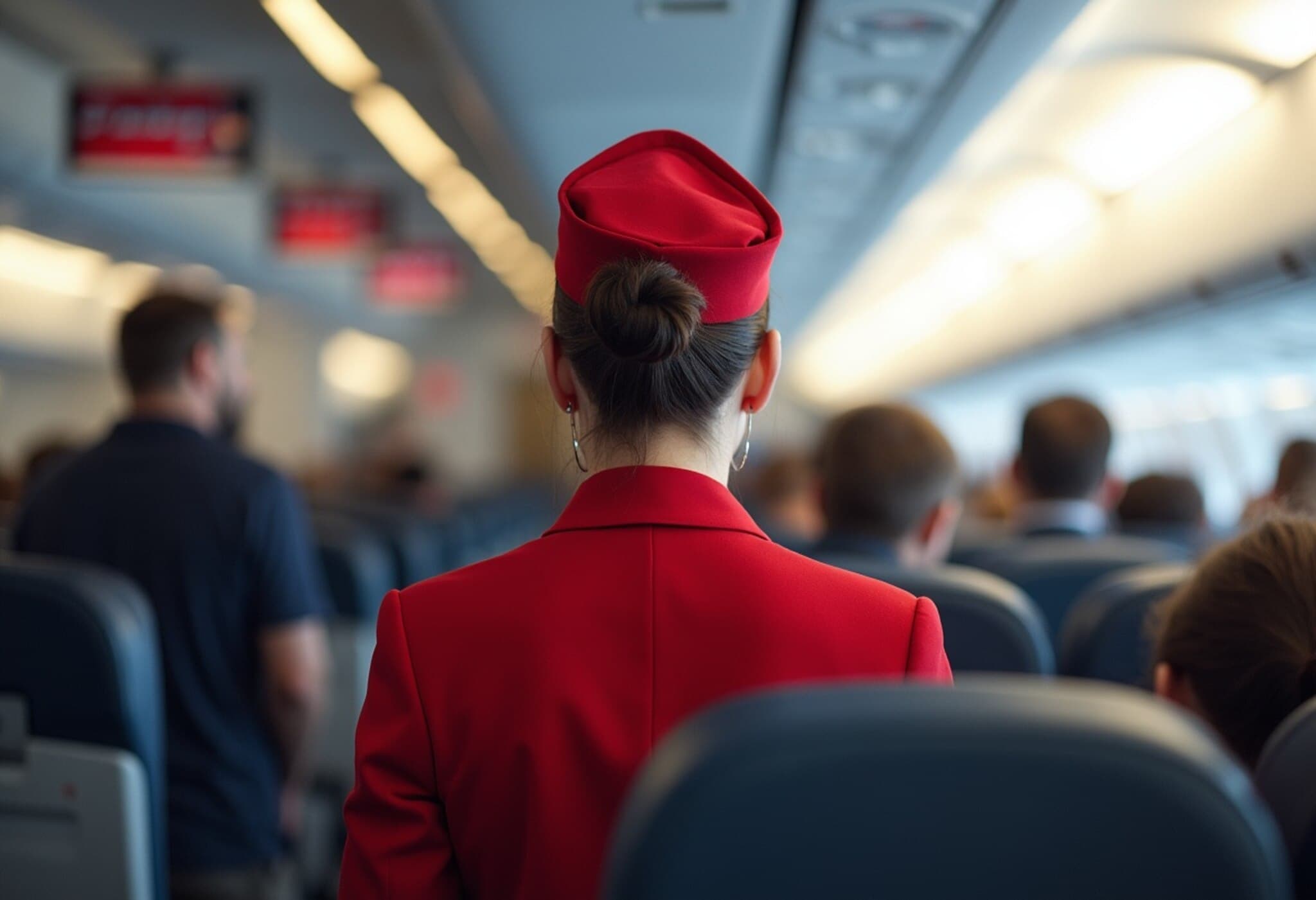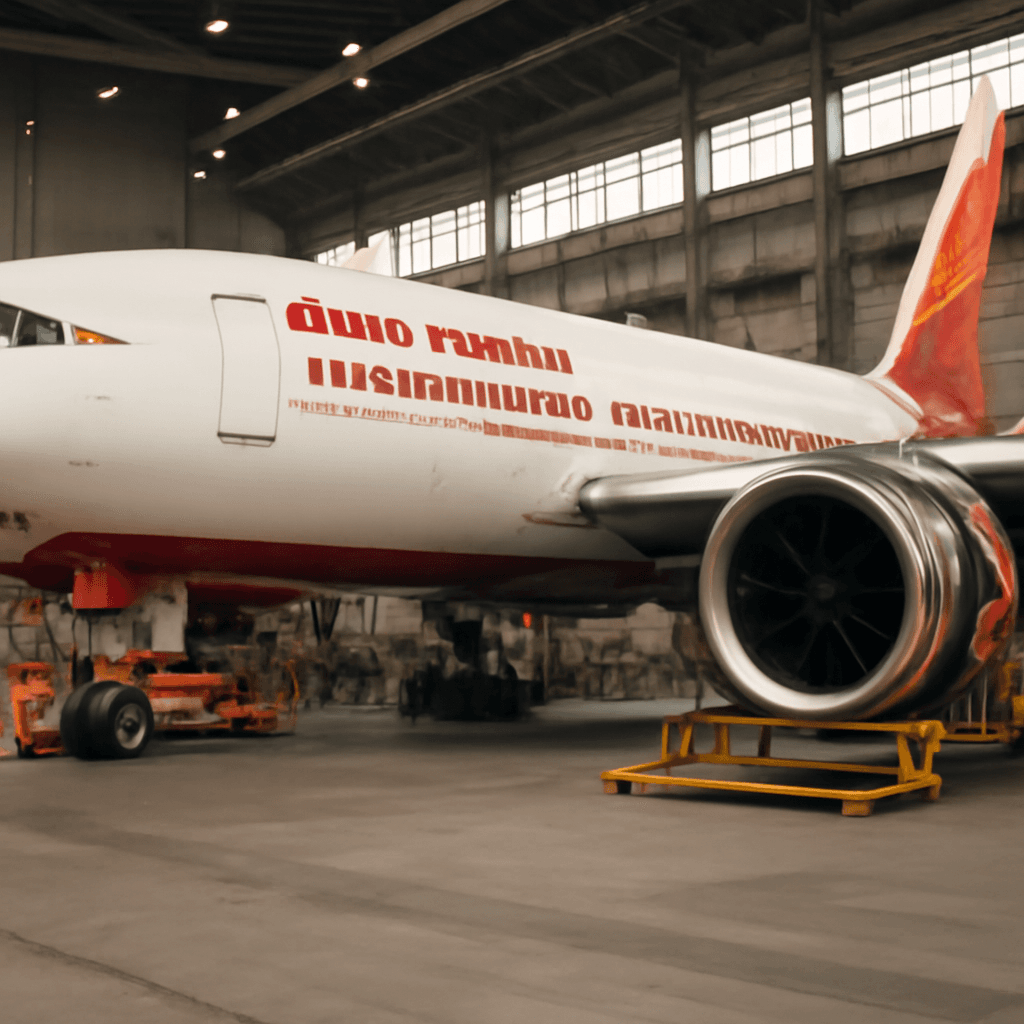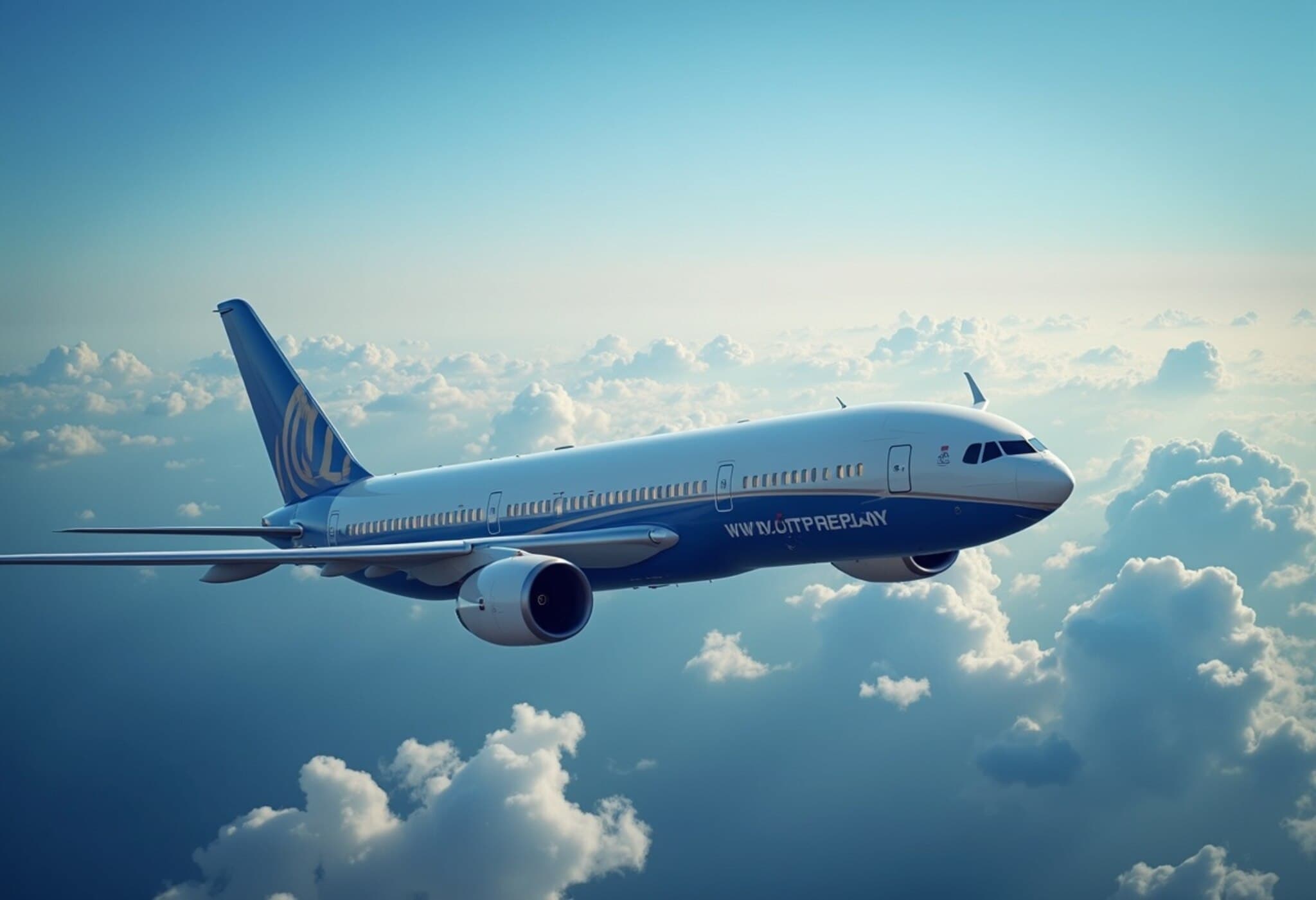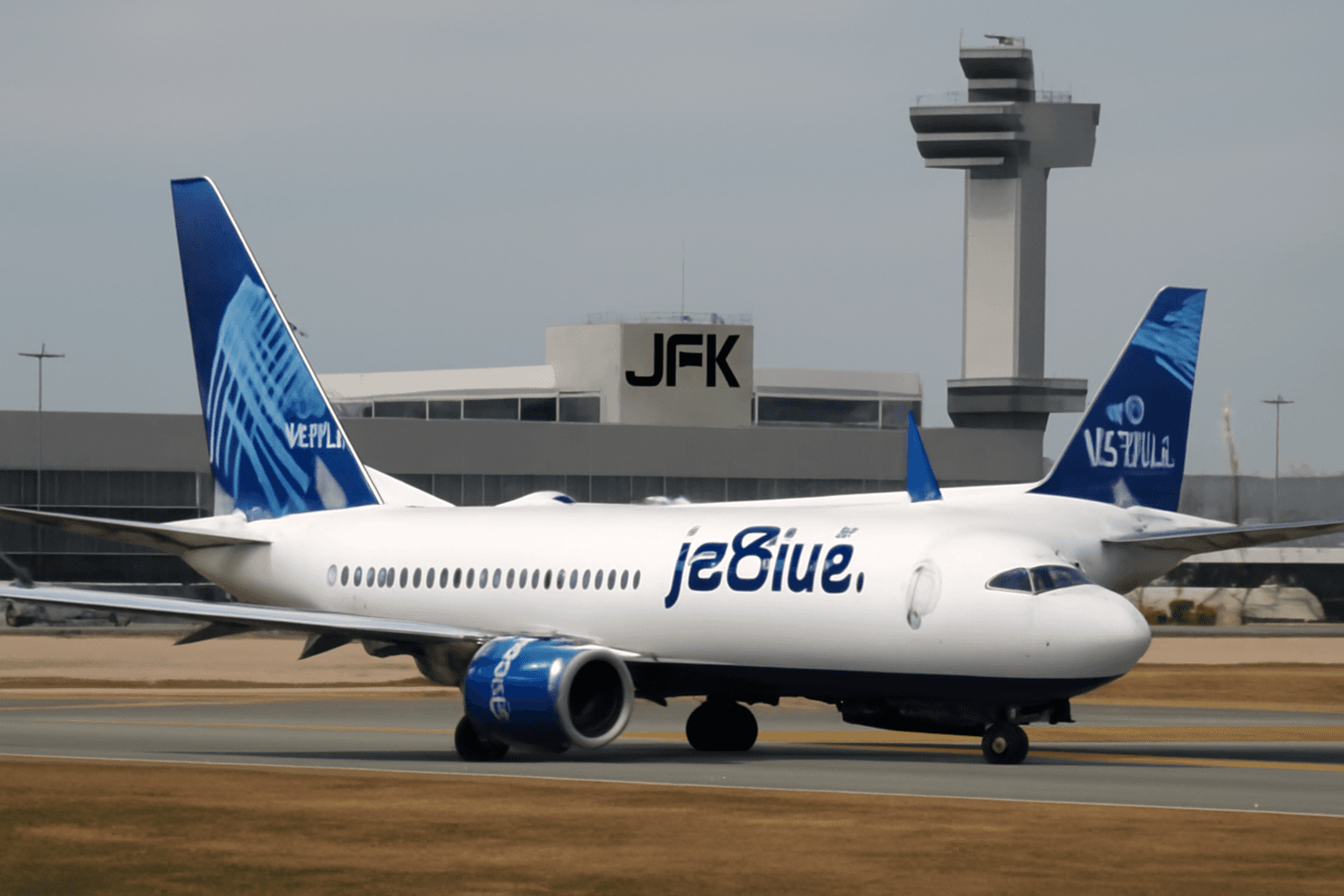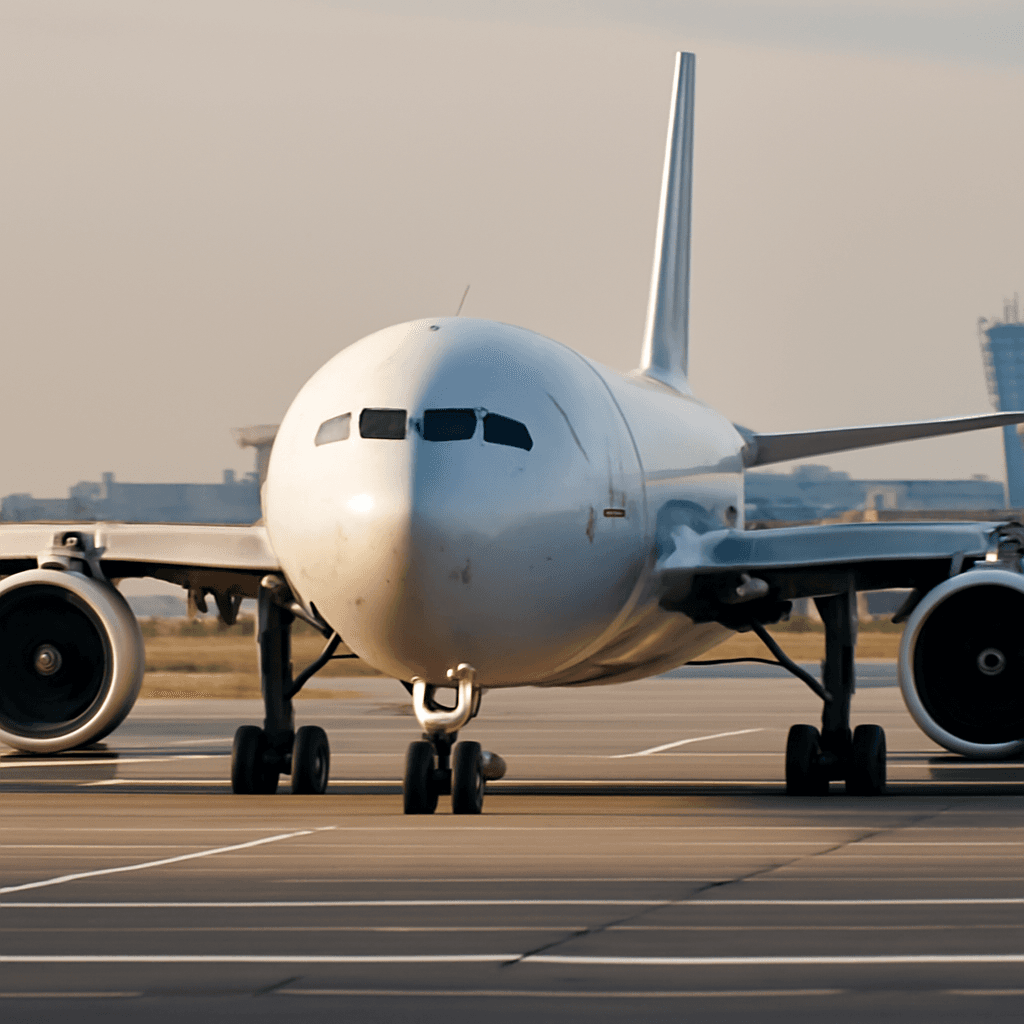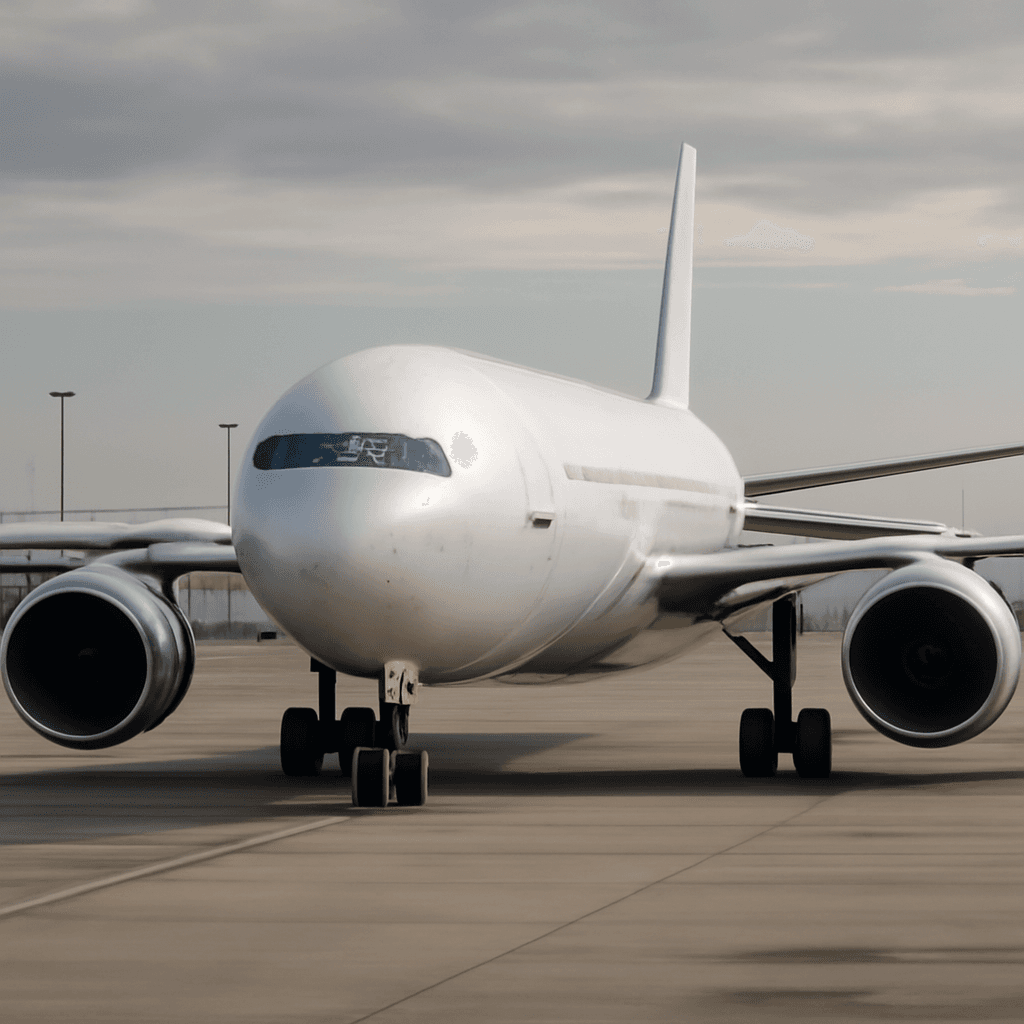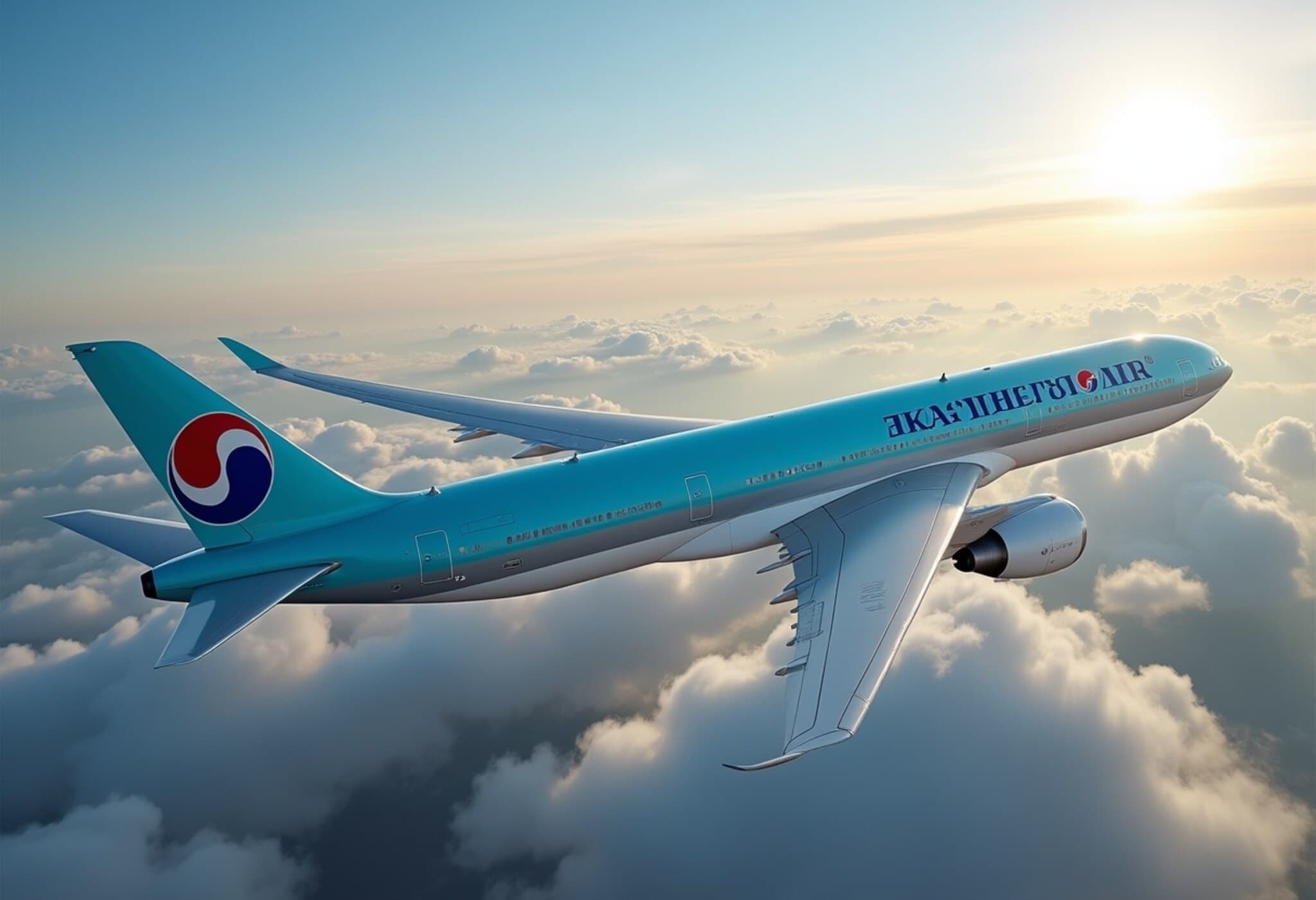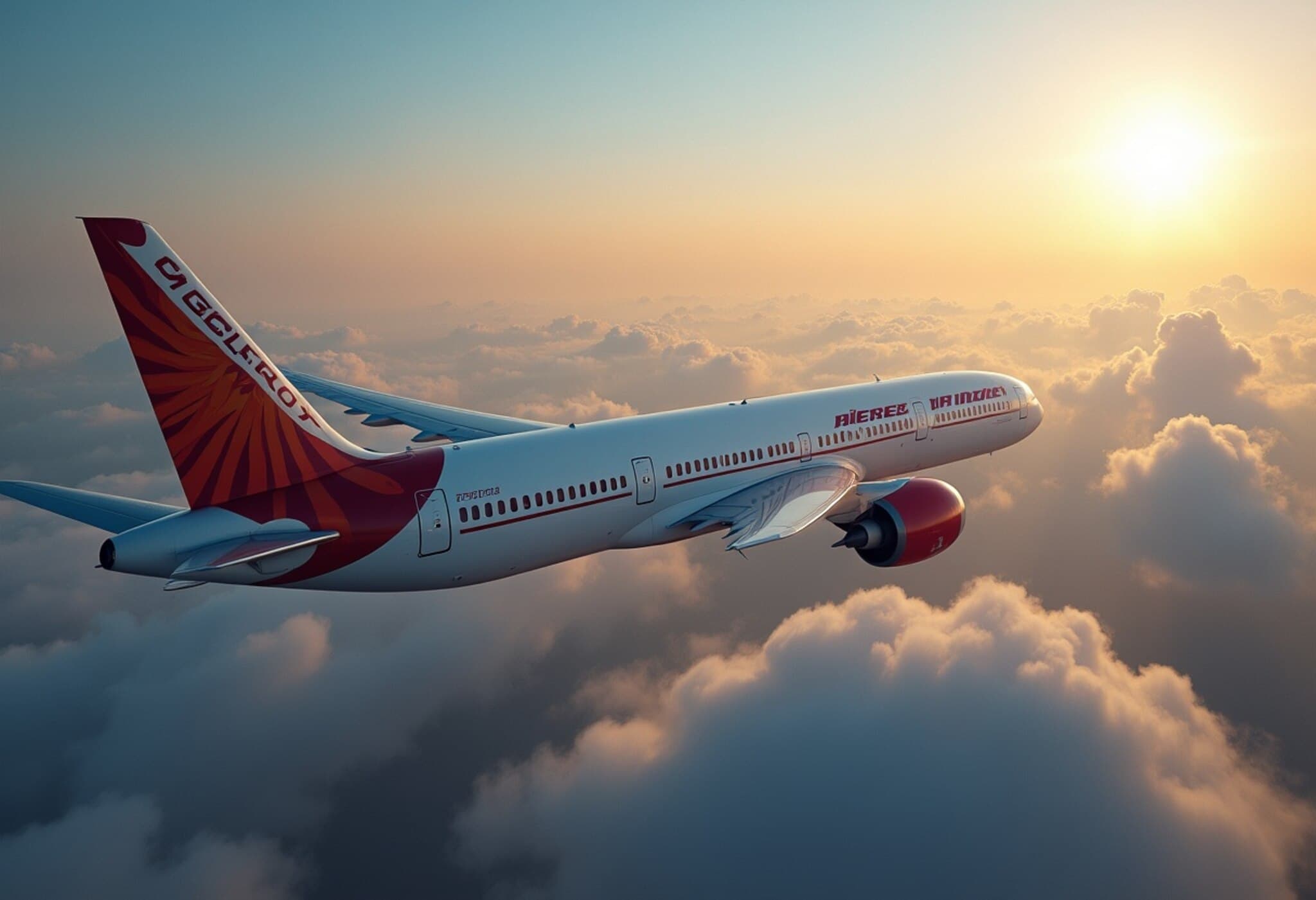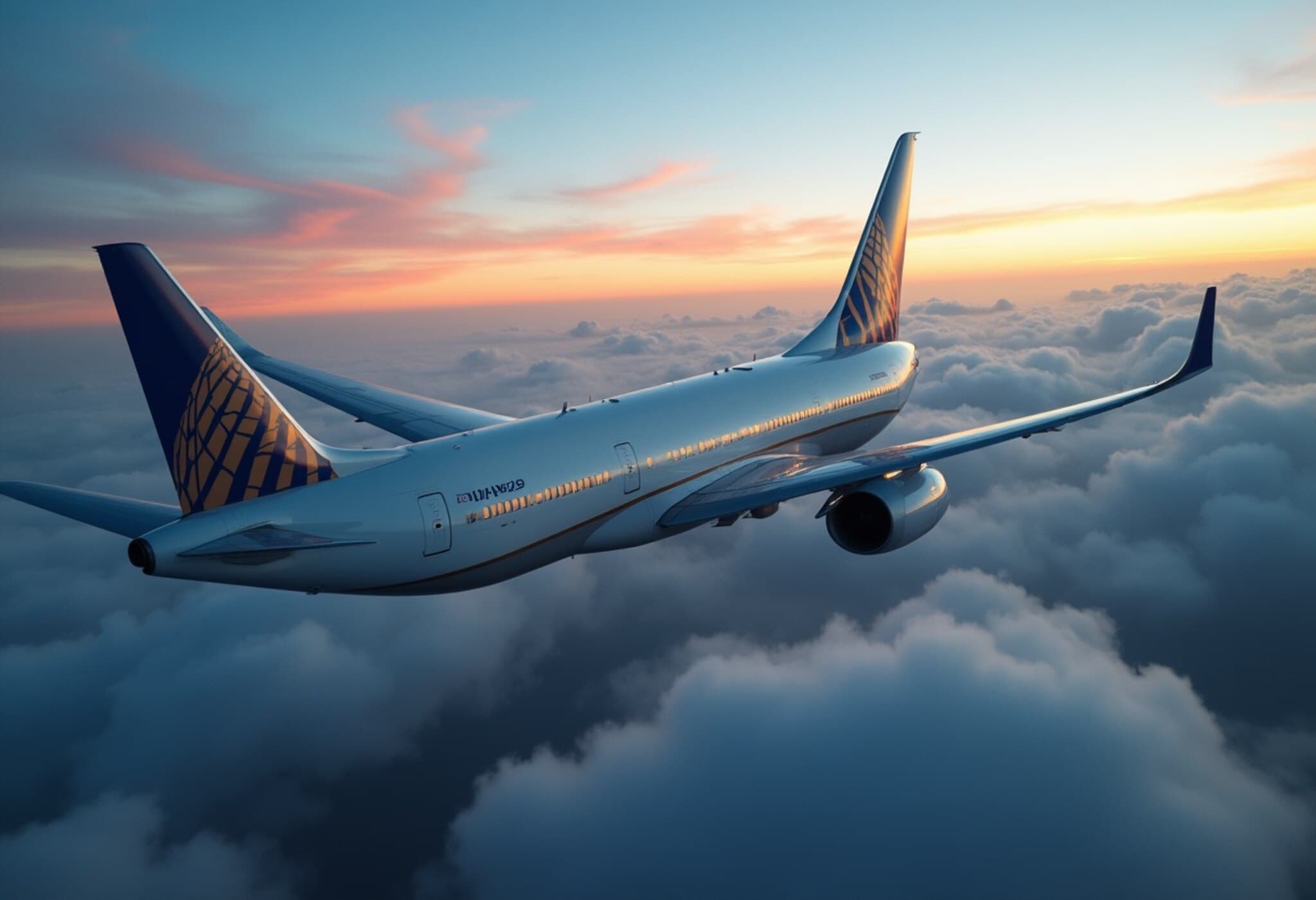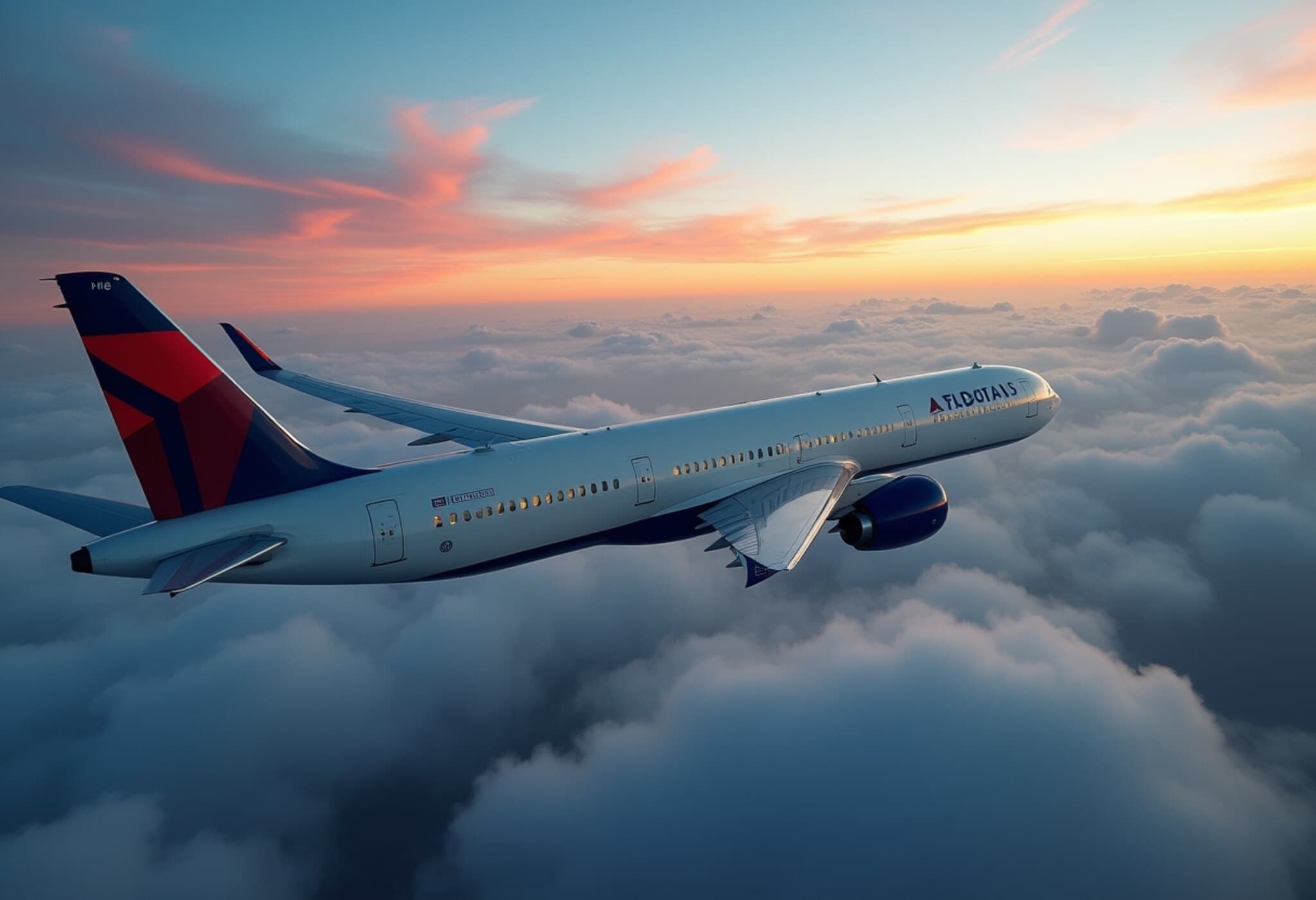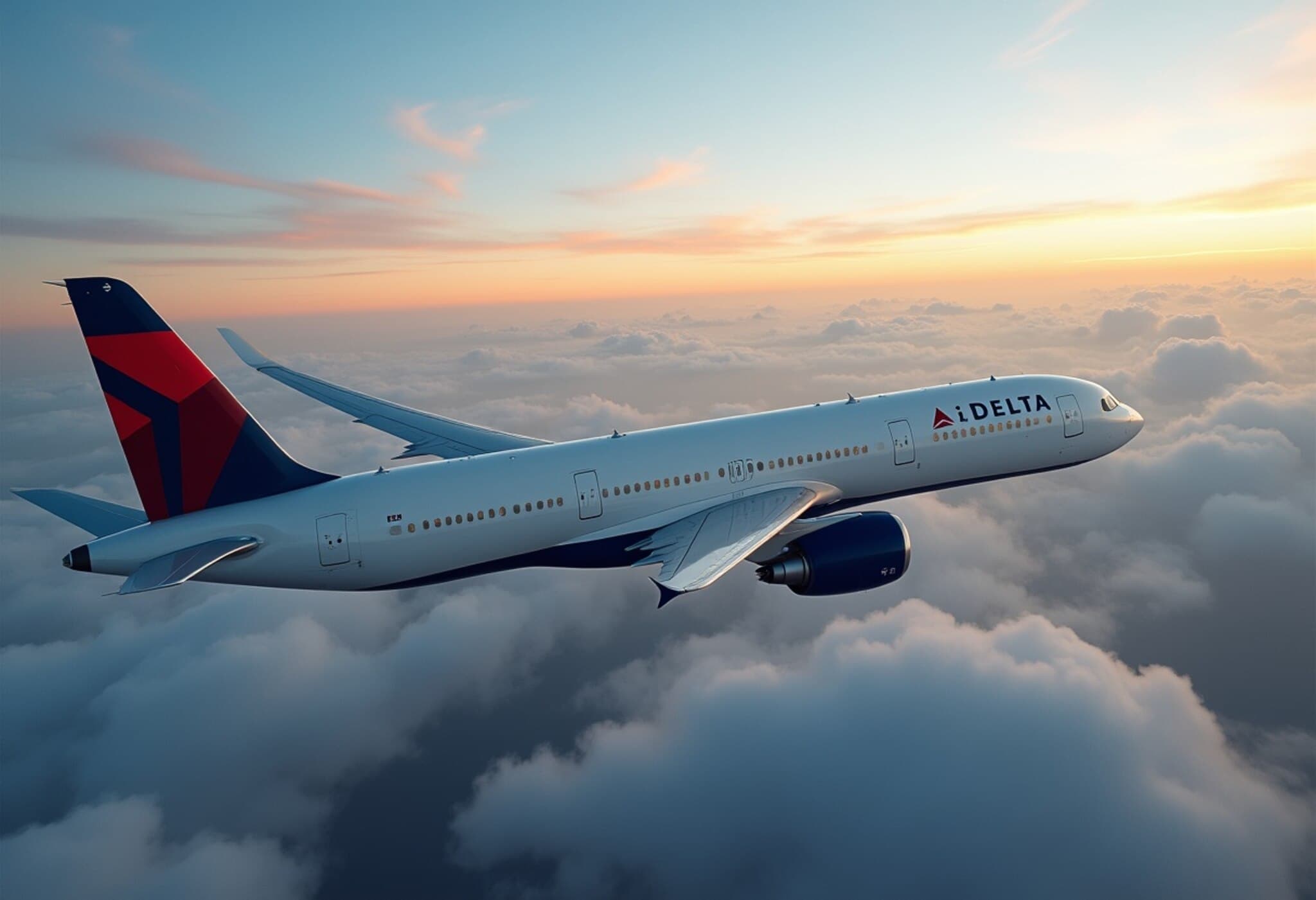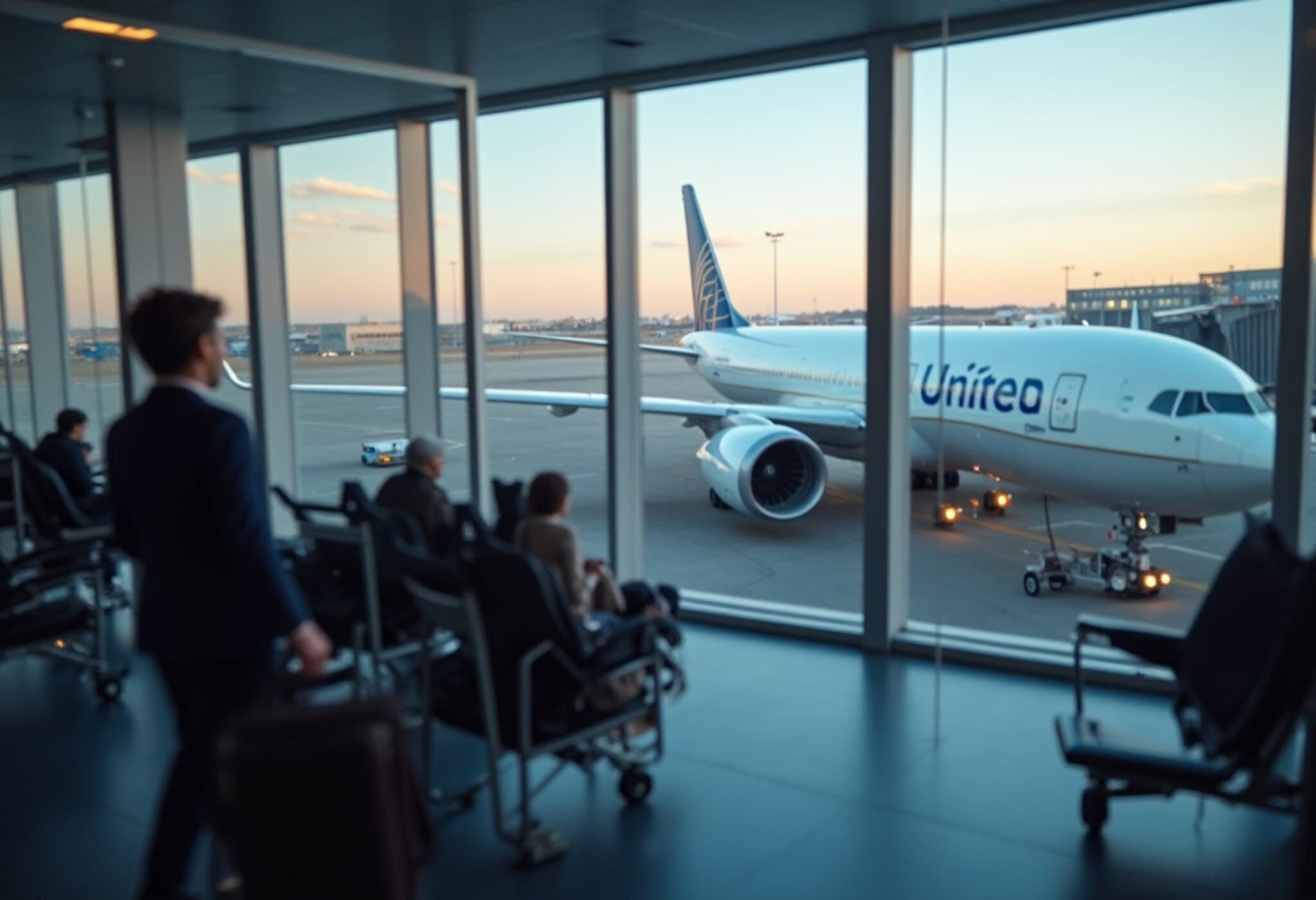Delta and United Lead Amid Industry Challenges
In the competitive skies of U.S. commercial aviation, two giants—Delta Air Lines and United Airlines—are carving out a dominant position that sets them apart from their peers. While many U.S. airlines have been grappling with excess flight capacity and softer-than-expected passenger demand this year, Delta and United have managed not just to stay aloft but to soar financially. They reported profits recently, signaling a stabilization in demand that remains elusive for other carriers, particularly those more focused on the domestic market.
Why Delta and United Are Winning
Last year, Delta and United were responsible for over 86% of the total profits among the country's seven largest airlines. This stark contrast highlights the razor-thin margins common in the airline industry, where profitability rarely surpasses 4%, compared with nearly 20% in other major U.S. industries, according to Airlines for America. Their strength stems not just from sheer size—these two airlines and American Airlines command roughly 75% of the domestic flight capacity—but from strategic emphasis on premium travel offerings and expanding international routes.
Delta’s CEO, Scott Kirby, emphasizes this divide bluntly, categorizing his carrier and United as distinct in quality and performance from the rest of the pack. Analyst Conor Cunningham of Melius Research concurs, observing a clear trend where brand-loyal airlines like Delta and United are winning market share, while others struggle to stay afloat.
Market Headwinds: Oversupplied Flights and Falling Airfares
This year, the airline industry has wrestled with an overabundance of coach-class seats amid weaker demand, especially for domestic leisure travel. Airfares have dropped 3.5% year-over-year in June, an unusual discount during what should be peak summer travel months, as reported by the U.S. Bureau of Labor Statistics. Southwest Airlines CEO Robert Jordan characterizes this as a rare phenomenon, remarking that "summer is heavily on sale right now," reflecting the pressure on pricing.
Industry experts like JPMorgan Chase’s Jamie Baker warn that parts of the market are "drowning," unable to generate profit even at peak travel times. Many carriers are flooding schedules with capacity during the summer in hopes of catching a brief respite, but sustainability remains uncertain.
Impact on Financial Forecasts and Capacity Adjustments
Both Delta and United have adjusted downward their revenue projections for 2025 in light of these market realities, aligning their capacity with more realistic demand expectations. Yet, their deeper engagement with high-margin international flights and premium-class seats has provided a buffer. For instance:
- United saw a 7% decline in domestic revenue per available seat mile (RASM) in Q2, but international revenues fared better thanks to trans-Pacific routes like those to Japan.
- Delta reported a 5% drop in domestic RASM but managed to increase premium cabin revenue by 5% and loyalty program revenue by 10% year-over-year.
As post-pandemic travel patterns normalize, even trans-Atlantic routes show signs of market saturation, compelling airlines to rethink strategy.
Innovations and New Revenue Streams Amid Industry Flux
Facing these challenges, airlines are experimenting with new ways to enhance revenue beyond cutting costs. Southwest, for example, introduced ancillary fees and plans to phase out its iconic open seating to offer more segmented, premium options. Notably, Southwest remains the only major U.S. airline with stock gains this year.
Delta and United are doubling down on their premium cabins, catering to travelers willing to pay multiple times coach fares for enhanced comfort and flexibility. Delta’s President Glen Hauenstein detailed plans to apply successful segmentation tactics from economy to premium cabins, tailoring experiences to diverse passenger needs.
United unveiled a revamp of its top-tier Polaris business class and introduced dedicated lounges, with Chief Commercial Officer Andrew Nocella highlighting premium economy as a particularly profitable class worth further investment.
Competitive Rivalry and Market Dynamics
Despite a shared place as top competitors, the rivalry remains fierce. When Delta announced new routes overlapping United’s strongholds, CEO Scott Kirby dismissed the threat, underscoring the scale and resilience of his operation. Yet, such moves illuminate strategic jockeying as airlines vie for loyal customers in domestic and international markets.
Expert Insight: Navigating Uncertainty in a Cyclical Industry
Melius Research’s Cunningham aptly summarizes the airline industry's challenges: "It can’t be amazing forever. What goes up comes down." This cyclical nature, combined with shifting consumer preferences and global events, requires airlines to innovate continuously and sharpen focus on customer loyalty and premium offerings to remain profitable.
Editor's Note
Delta and United’s current dominance underscores a broader industry truth: scale and strategic focus on premium, international travel are crucial for weathering market turbulence. As other carriers struggle with seat oversupply and discount pressures, Delta and United demonstrate the value of brand loyalty and diversified revenue streams.
Looking ahead, critical questions remain: How will the balancing act between availability and pricing shape traveler behavior in the medium term? Will other airlines successfully reinvent their business models to compete, or will consolidation accelerate? For travelers, these dynamics could redefine service expectations and fare structures in the years to come.
For policy analysts and investors alike, understanding these evolving strategies is key to anticipating future trends in U.S. and global air travel markets.

